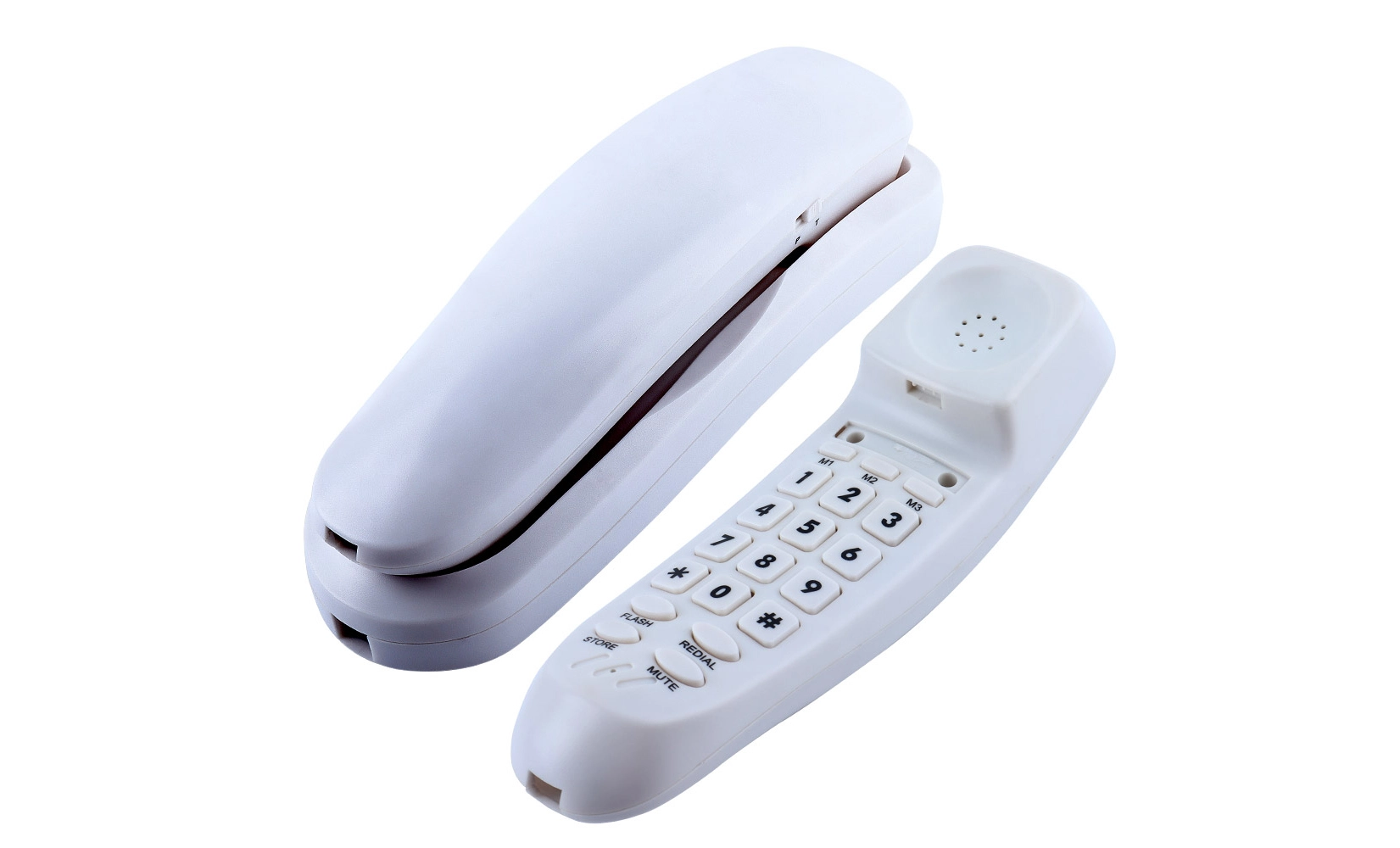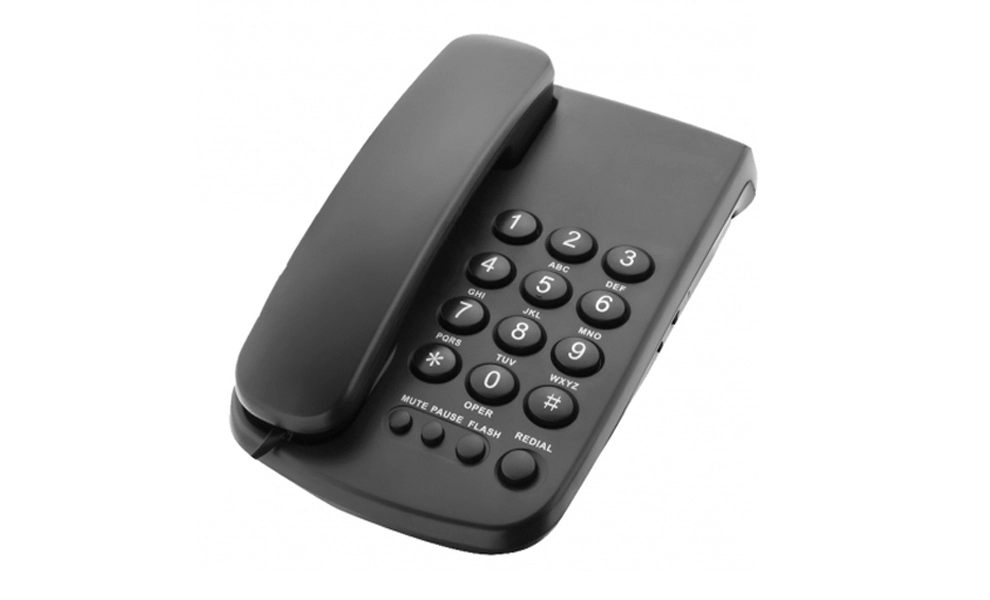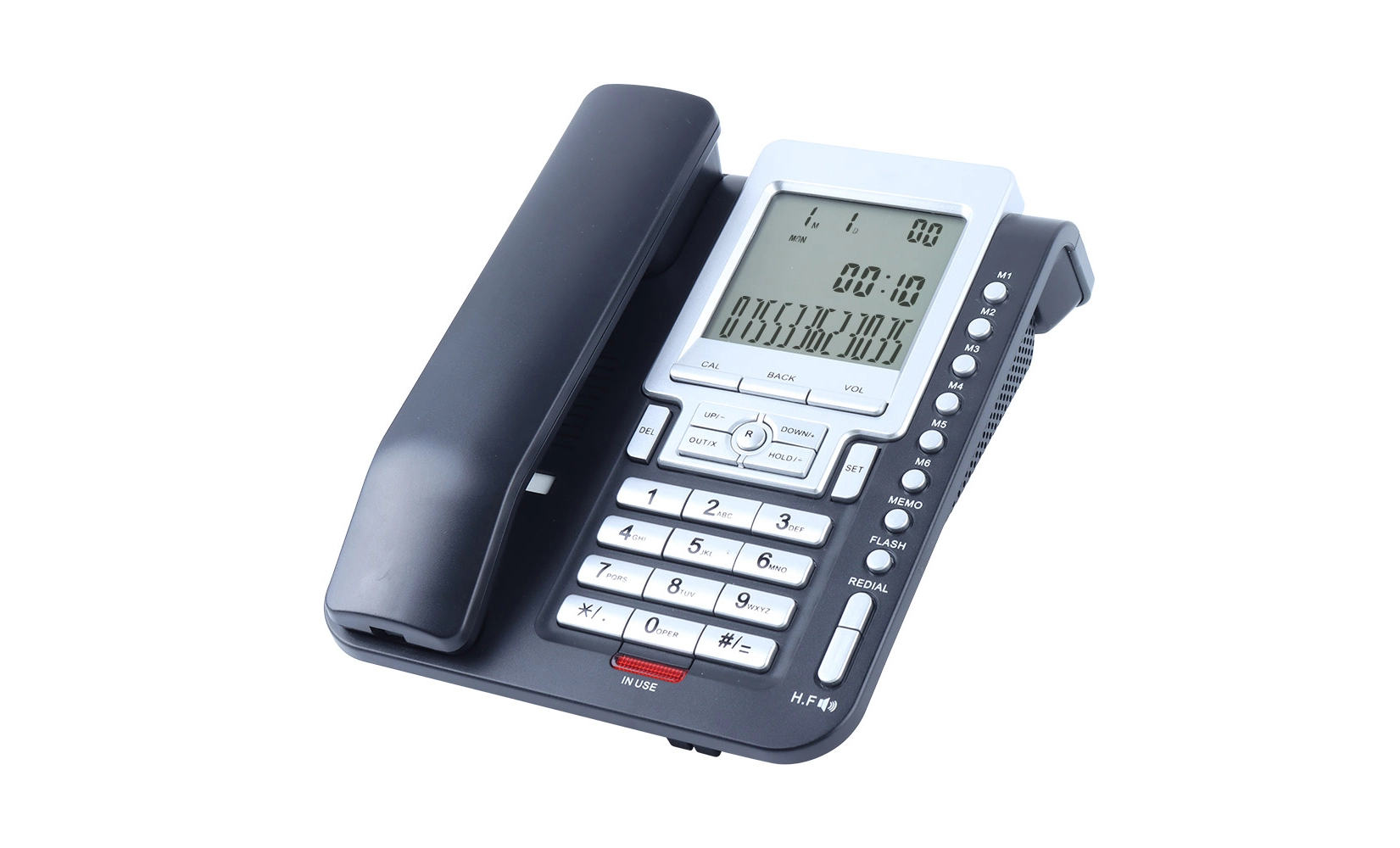Materials Used in Antique Telephone Construction
Bakelite: The Revolutionary Plastic
Bakelite, one of the first synthetic plastics, played a pivotal role in antique telephone construction. This thermosetting phenol formaldehyde resin, invented by Leo Baekeland in 1907, quickly became a staple in the telephone industry due to its durability, electrical insulation properties, and resistance to heat. Antique telephones made with Bakelite often feature a rich, warm color palette ranging from deep browns to vibrant reds and greens.
The unique properties of Bakelite allowed for more intricate designs and mass production of telephone components. Its moldability enabled manufacturers to create sleek, streamlined shapes that defined the Art Deco movement of the 1920s and 1930s. Today, Bakelite antique telephones are highly sought after by collectors for their historical significance and distinctive aesthetic.
Metals: Brass, Copper, and Steel
Metals played a crucial role in the construction of antique telephones, providing both structural integrity and decorative elements. Brass was commonly used for its durability and attractive golden hue. It was often employed in the creation of bells, transmitters, and decorative trim. Copper, known for its excellent conductivity, was essential in the internal wiring of these vintage devices.
Steel, prized for its strength and affordability, was frequently used for the internal mechanisms and external casings of antique telephones. Many models featured nickel-plated steel components, which offered both corrosion resistance and a lustrous finish. The combination of these metals not only ensured the longevity of the telephones but also contributed to their weight and substantial feel, characteristics that are often associated with quality craftsmanship.
Wood: Elegance and Warmth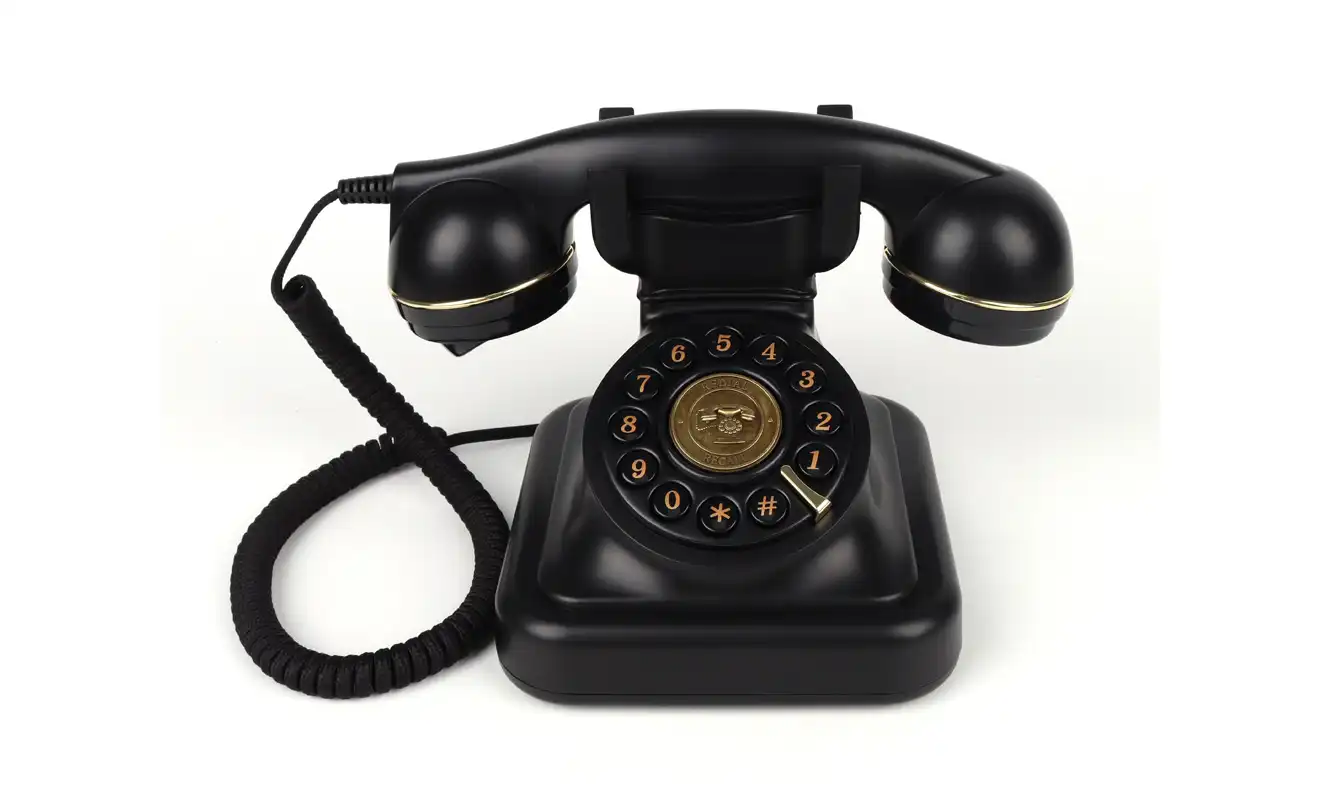
Wood played a significant role in early telephone design, particularly in wall-mounted models and ornate desk sets. Oak, walnut, and mahogany were popular choices, selected for their durability, beautiful grain patterns, and ability to be finely crafted. These wooden components often featured intricate carvings or inlays, showcasing the skill of craftsmen of the era.
The use of wood in antique telephones wasn't merely aesthetic; it also provided excellent insulation properties. Many early telephone boxes were constructed entirely of wood, housing the internal mechanisms and providing a warm, inviting appearance that blended seamlessly with home decor. Today, wooden antique telephones are highly prized for their natural beauty and the way they evoke the craftsmanship of a bygone era.
Aging Effects on Antique Telephones
Patina Development
One of the most captivating aspects of antique telephones is the patina they develop over time. This natural aging process imparts a unique character to each piece, telling a story of its history and use. On metal components, patina manifests as a thin layer of oxidation, which can range from a subtle tarnish to a vibrant verdigris on copper elements. This patina not only enhances the aesthetic appeal of the telephone but also serves as a protective layer against further corrosion.
In wooden parts, patina develops as a gradual darkening and enriching of the wood's color, often accompanied by a subtle sheen from years of handling. This aging process can transform a once-bright oak into a deep, honey-colored masterpiece. Collectors and restorers often debate whether to preserve this natural patina or restore the telephone to its original appearance, as the patina is considered a valuable aspect of the item's history and authenticity.
Wear Patterns and Their Significance
Wear patterns on antique telephones provide fascinating insights into their usage history. Frequently used components, such as the dial or handset, often show more pronounced signs of wear. These patterns can include smoothed edges, faded numbering on rotary dials, or worn plating on metal parts. Far from being detrimental, these signs of use are often highly valued by collectors as they add to the telephone's character and historical narrative.
Interestingly, wear patterns can also help authenticate the age and originality of an antique telephone. Experts can analyze these patterns to determine if they are consistent with the purported age of the piece. For instance, a telephone claimed to be from the 1920s should show wear consistent with nearly a century of potential use. Understanding these wear patterns is crucial for collectors and restorers in preserving the integrity and value of antique telephones.
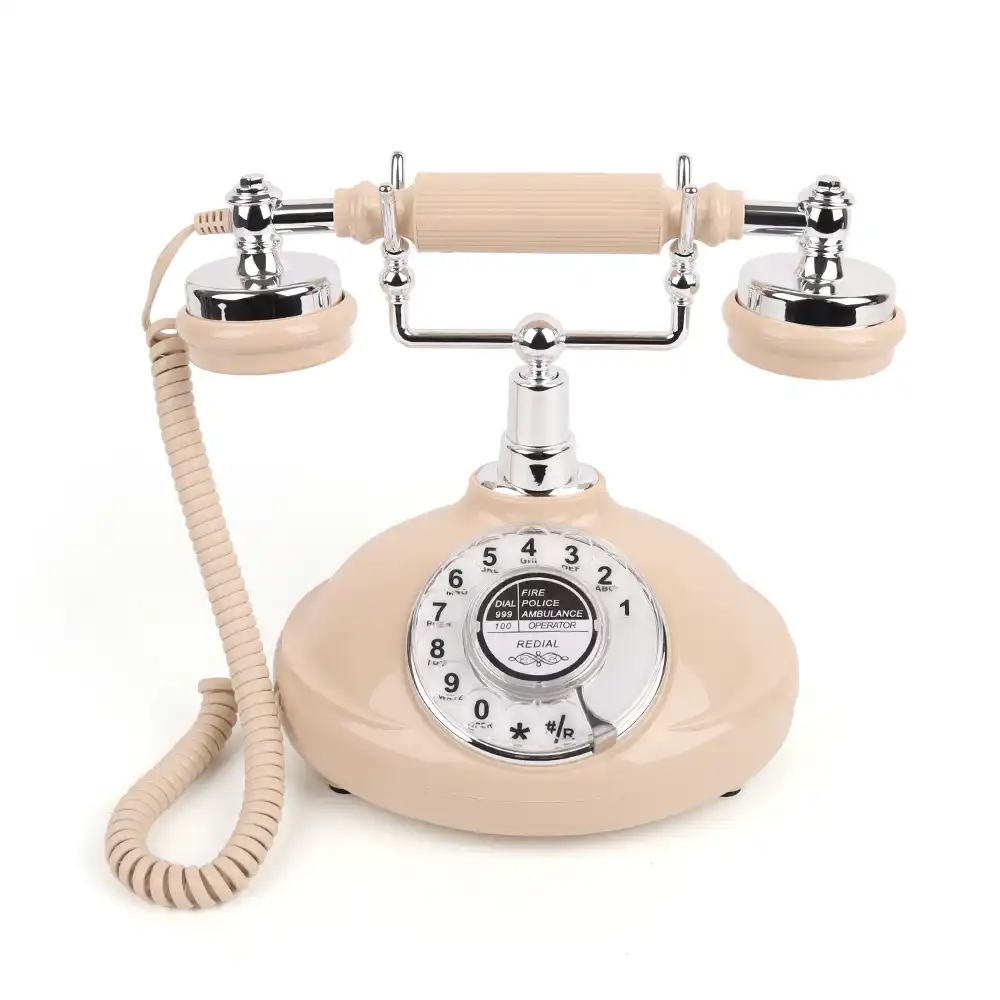 Color Changes and Material Degradation
Color Changes and Material Degradation
Over time, the materials used in antique telephones undergo various changes that affect their appearance and structural integrity. Bakelite, despite its durability, can experience color shifts when exposed to sunlight or certain chemicals. Originally dark colors may fade or take on a greenish tinge, while lighter colors might develop a yellowish hue. These color changes, while sometimes seen as flaws, are often appreciated by collectors as signs of authenticity.
Wood components in antique telephones may experience checking (small cracks along the grain) or warping due to changes in humidity and temperature over decades. Metal parts can corrode or develop rust if not properly maintained. Understanding these material changes is crucial for proper preservation and restoration of antique telephones. Careful storage and handling can mitigate many of these aging effects, helping to maintain the telephone's value and historical significance.
Price Breakdown of Antique Telephones
Factors Influencing Antique Telephone Valuation
The valuation of antique telephones is a complex process influenced by numerous factors. Age is a primary consideration, with older models generally commanding higher prices due to their rarity and historical significance. However, age alone does not determine value. The condition of the telephone is equally important, with well-preserved or professionally restored pieces fetching premium prices. Originality is highly prized; telephones with all original parts, including internal components, are often more valuable than those with replacements.
Brand and model also play crucial roles in valuation. Telephones from renowned manufacturers like Western Electric, Ericsson, or Siemens tend to be more sought after. Rare models or those with unique features can command significantly higher prices. Historical significance, such as telephones associated with notable events or figures, can dramatically increase value. The aesthetic appeal, including design, color, and decorative elements, also influences pricing, particularly for collectors focused on specific styles or periods.
Price Ranges for Different Types of Antique Telephones
Antique telephone prices vary widely based on the factors mentioned above. Common candlestick telephones from the early 20th century might start around $100-$200 in fair condition, while rare or exceptionally well-preserved models can fetch $500-$1000 or more. Early wooden wall phones from the late 19th century can range from $200 for basic models to several thousand dollars for ornate or rare versions.
Art Deco-style telephones from the 1920s and 1930s, particularly those made with colorful Bakelite, typically range from $200-$600, with rare colors or designs potentially exceeding $1000. Novelty telephones, such as those shaped like characters or objects, can vary greatly in price, from $50 for more common designs to over $500 for rare or highly collectible pieces. It's important to note that these prices can fluctuate based on market trends, collector demand, and the specific attributes of each telephone.
Investment Potential and Market Trends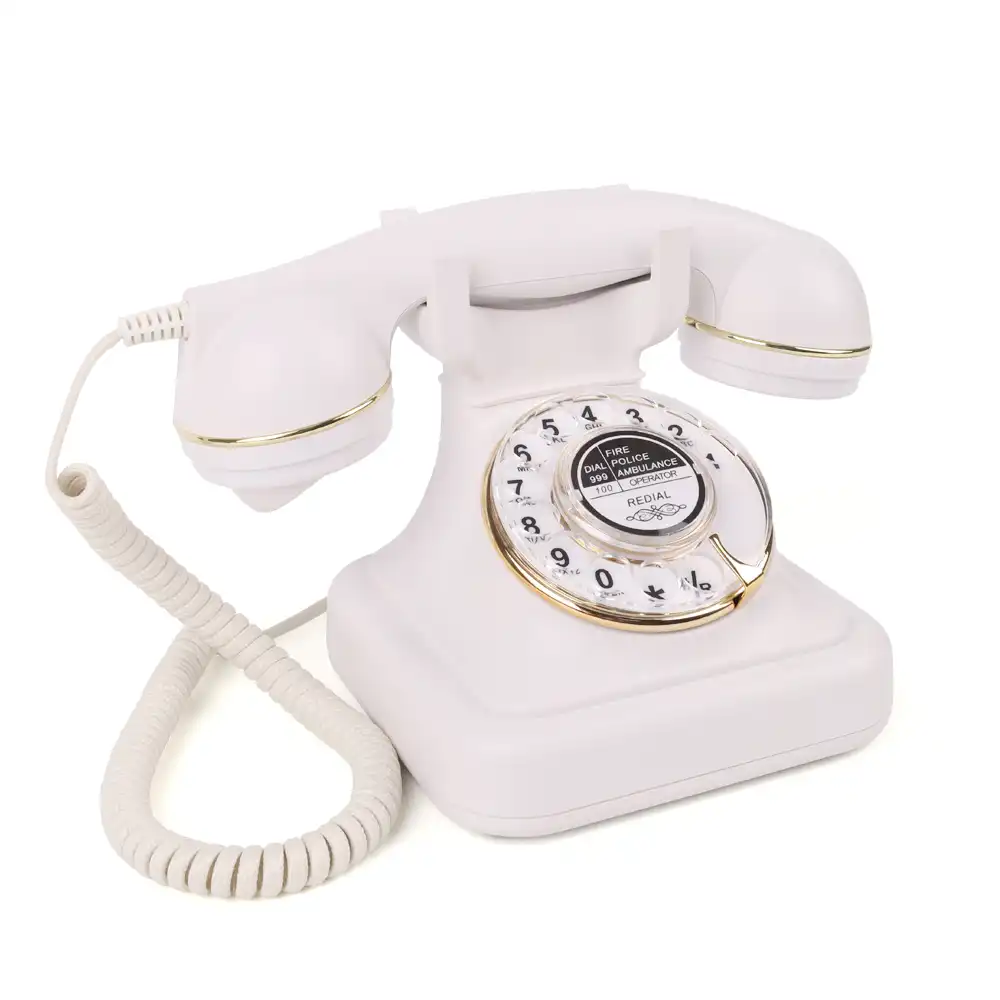
Antique telephones have shown steady appreciation in value over the years, making them an interesting option for collectors and investors alike. However, like any collectible market, it's subject to trends and fluctuations. Currently, there's strong interest in Art Deco and mid-century modern designs, driving up prices for telephones from these eras. Conversely, some earlier models, while historically significant, may see more stable pricing due to a smaller collector base.
The investment potential of antique telephones also depends on their condition and rarity. Rare, well-preserved pieces from significant manufacturers or with unique features tend to appreciate more consistently. However, the market for antique telephones is relatively niche, which can limit liquidity compared to more mainstream collectibles. Potential investors should research thoroughly, consider seeking expert advice, and view antique telephones as a long-term investment rather than a quick profit opportunity.
Conclusion
Antique telephones offer a fascinating glimpse into the evolution of communication technology and design. Their unique materials, from revolutionary Bakelite to elegant woods and durable metals, showcase the craftsmanship of bygone eras. The aging effects on these pieces, including patina development and wear patterns, add character and historical value. Understanding the factors that influence pricing, from age and condition to rarity and brand, is crucial for collectors and investors alike. While the market for antique telephones presents interesting investment opportunities, it requires careful research and a long-term perspective.
Premium vintage phones with aged finishes & detail | CHEETA
CHEETA, a professional analog telephone maker in Shenzhen, offers premium vintage phones with meticulous attention to aged finishes and historical details. With 18+ years of OEM/ODM expertise, our 1,200㎡ facility houses 100+ skilled workers and 10 senior engineers, enabling us to produce 1,000 analog units daily. Our antique telephone collections showcase European-inspired designs and mid-century aesthetics, combining functionality with nostalgic charm.
From rotary dial units to decorative landlines, each piece is crafted to meet CE and RoHS standards, undergoing 11 rigorous inspection steps. This ensures a failure rate below 1%, guaranteeing reliability and authenticity. For custom vintage telephone solutions or inquiries, contact us at allen@cheeta.com.cn.

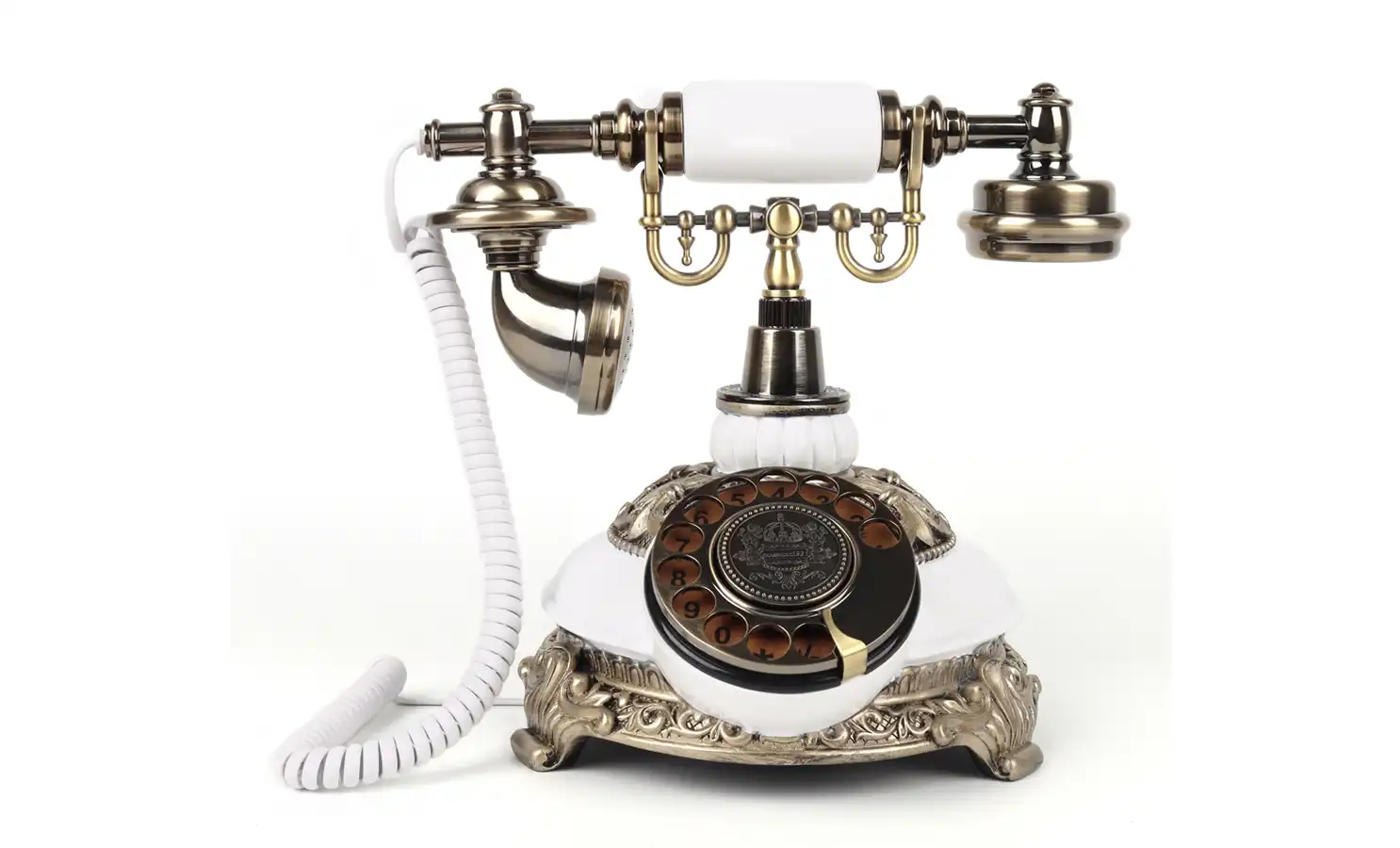 Antique telephones
Antique telephones

